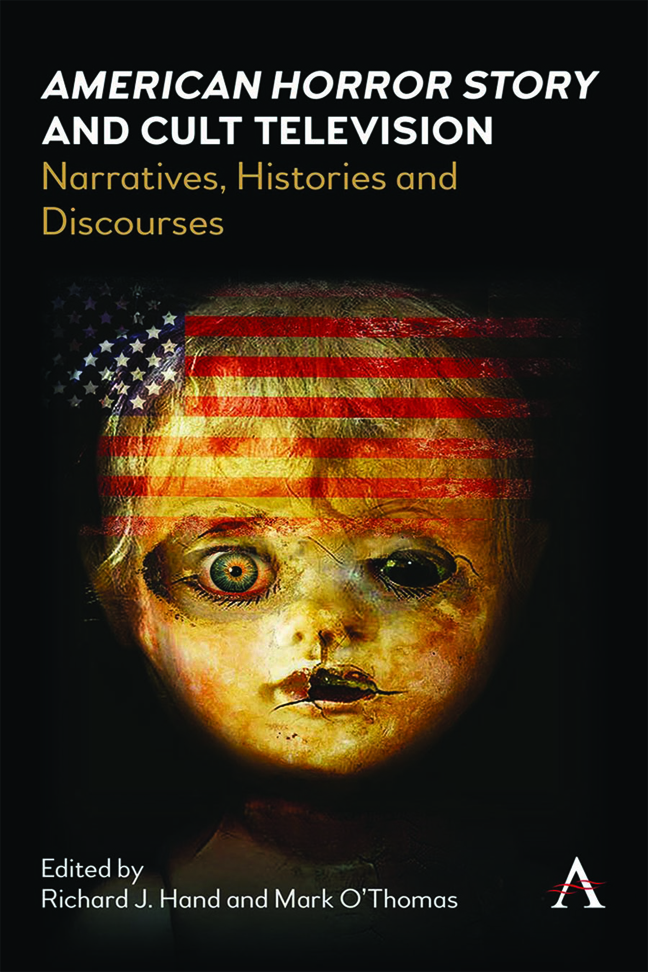Chapter 11 - ‘Bitchcraft’: Adolescent Femininity and Fourth-Wave Feminism in Television Horror
Published online by Cambridge University Press: 01 March 2024
Summary
Witchcraft has a long and indeed, multifaceted relationship with feminism. From suffragist Matilda Joslyn Gage's 1893 book Woman, Church and State through to the radical feminists of the 1960s and 1970s, the witch has been regularly deployed as both a martyr to institutional misogyny and a symbol of female insubordination. The meanings attached to her can be manifold and even contradictory. In her literary and political incarnations, she often embodies radical, or at least progressive, ideas about women's social roles. On television, however, she appears as a more ambivalent figure. Magical women like Bewitched's (1964–72) Samantha Stephens and I Dream of Jeannie's (1965–70) title character simultaneously subvert and bolster the normative constructions of femininity dominant during their particular cultural moments. Moreover, because television is an essentially domestic form – Cecelia Tichi describes the TV as an ‘electronic hearth’- it is an inherently populist medium, with televisual witches providing a window into the mainstream reception and interpretation of feminist ideologies (Tichi 1993, 42).
In the following pages, I adumbrate how T.V. witches contort themselves to alternately embody and challenge distinct modes, or waves, of feminist thought. In particular, this chapter employs the series AHS: ‘Coven’ (2013–14) as a prism through which to investigate popular representations of fourth-wave feminism and its role in the lives of adolescent girls. I argue that as a mode of feminism driven by online activism and bound up with popular culture, the fourth wave finds a ready home in mass-market television horror. ‘Coven’ offers sensationalized engagements with many of the concerns of fourth-wave feminism – notably, issues of consent, sexual violence and intersectionality – while also engaging in a dialogue with earlier feminisms. Because the series represents intergenerational conflict between witches born in different eras, it self-consciously portrays the fourth wave as defined by and against previous iterations of feminism. Nevertheless, ‘Coven’ shows that fourth-wave feminism may not be so easily disentangled from its successors. Despite the rhetoric and iconography of intersectionality that define the series, aesthetically if not philosophically, its feminism remains as white, middle-class and nondisabled as its predecessors. Moreover, the competition for the ‘Supremacy’ around which much of the plot pivots, aligns the series with the individualist modes of empowerment associated with the postfeminism of the 1980s and 1990s.
- Type
- Chapter
- Information
- American Horror Story and Cult TelevisionNarratives, Histories and Discourses, pp. 189 - 206Publisher: Anthem PressPrint publication year: 2023

